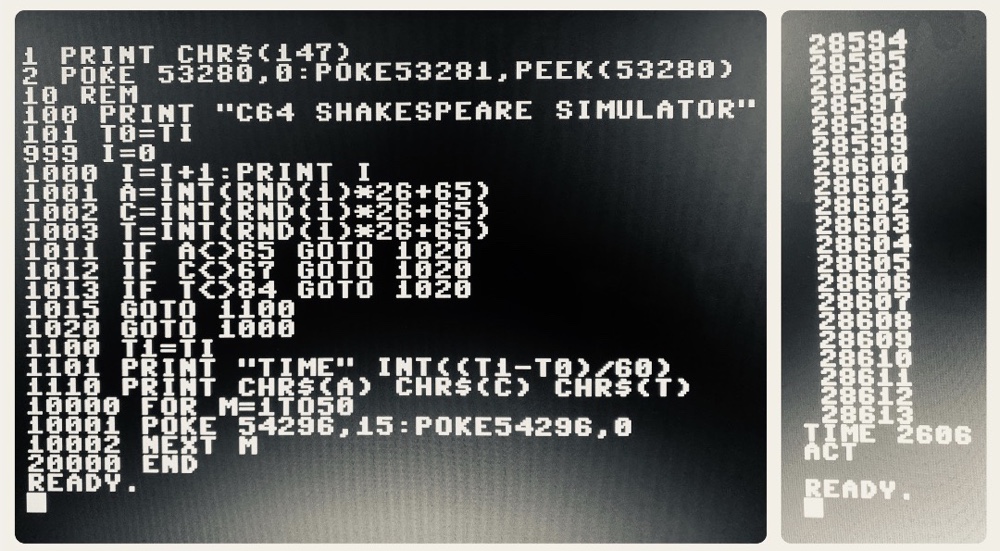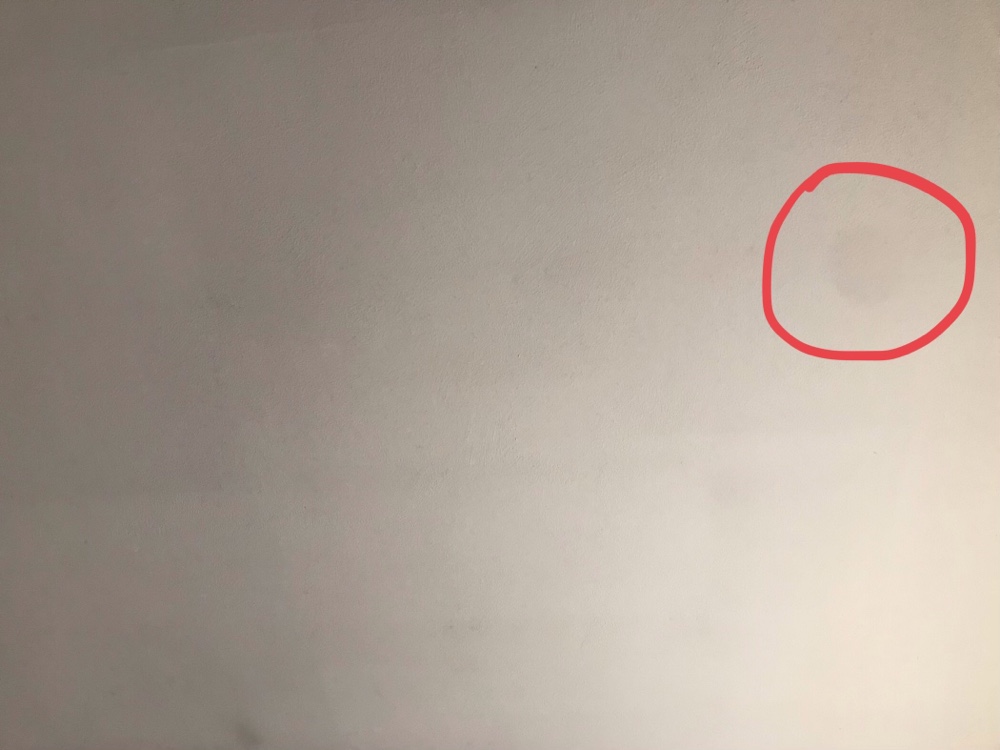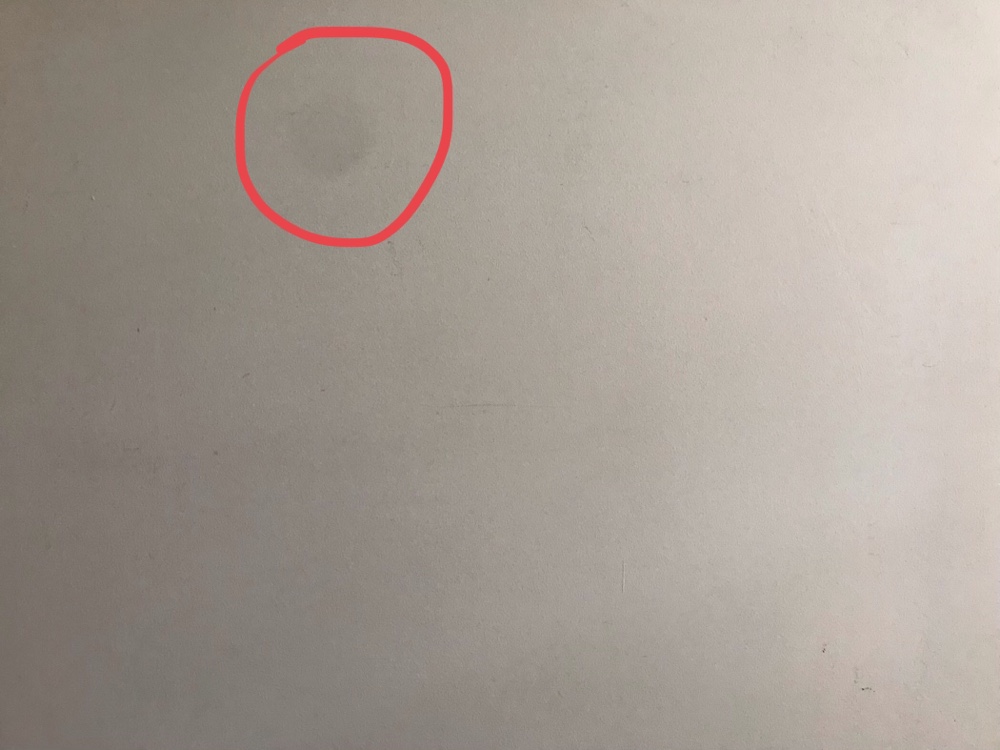Back in 2004 sailors on the USS Nimitz that was at the time doing training exercises reported sightings of UFOs. This is not highly unusual: there is a rich history of UFO sightings by fighter pilots and near military assets. What makes this encounter strange is that it was recorded, and you can watch it yourself:
This video was leaked by a sailor many years after and the incident became part of an effort by interested parties to obtain more UFO information from the Navy.
You may have heard of one of the results of such efforts: the Navy has now legitimized UFO sighting reporting, and personnel are encouraged to come forward rather than keep silent in fear of recrimination.
It’s also led to other videos being released, which last month the Navy confirmed as unidentified. Quite literally, these videos show UFOs.
This is the so-called ‘gimbal’ UFO. Watch it rotate at the end:
And here is footage of the ‘go fast’ UFO, which as with all these others was filmed by fighter pilots:
When the news that the navy had changed its tack on UFO reports emerged earlier this year there were a few pilots coming forward with astonishing stories of sightings, and the official admission a few weeks ago that yes, navy pilots have seen (and recorded) UFOs will likely lead to more pilots speaking out. It seems, after 70 years, the military is finally acknowledging strange things in the sky.
But what are they? As I’ve said here before I absolutely believe in extraterrestrial life, but I find it hard to accept living beings making interstellar journeys. The vastness of space also makes finding other civilizations no easy task. So the odds seem stacked against them being alien or from parts unknown. I’d love to be wrong though.
For now I’ll accept the navy definition. These are unidentified. This simply means we don’t (yet) know what they are, not that we claim them to be anything specific 🙂









